(ASVAB) General Science
0.0(0)
0.0(0)
Card Sorting
1/81
Earn XP
Description and Tags
Study Analytics
Name | Mastery | Learn | Test | Matching | Spaced | Call with Kai |
|---|
No study sessions yet.
82 Terms
1
New cards
Which is the cloud type that's at the lowest altitude?
Stratus
2
New cards
Which is the cloud type that's at the highest altitude?
Cirrus
3
New cards
Which is the cloud type that's at mid level?
A-
4
New cards
On a Celsius thermometer, how many degrees are there between the boiling point of water and the freezing point of water?
100 degrees
5
New cards
An Anemometer measures what?
Wind speed
6
New cards
The energy of an object resulting solely from motion is:
Kinetic energy
7
New cards
Which is an example of a mineral?
Sodium chloride
8
New cards
One of the primary characteristics of a bacteria is its:
Lack of a nuclear membrane
9
New cards
If one tectonic plate slides under another, the process is known as:
Subduction
10
New cards
Two separate weather fronts will have air that is of different:
Density
11
New cards
How long does it take the earth to rotate 90 degrees?
6 hours
12
New cards
The process of water molecules escaping the Earth's surface and entering the atmosphere is known as:
Evaporation
13
New cards
The majority of Earth's air is composed of:
Nitrogen
14
New cards
About how long does it take the Earth to complete an orbit of the sun?
1 year
15
New cards
The formal binomial nomenclature (or scientific name) of a living organism consists of which two parts?
Genus and Species
16
New cards
What is NOT a fruit?
Carrots
17
New cards
Force can be represented by a vector. A vector represents:
Direction and Magnitude
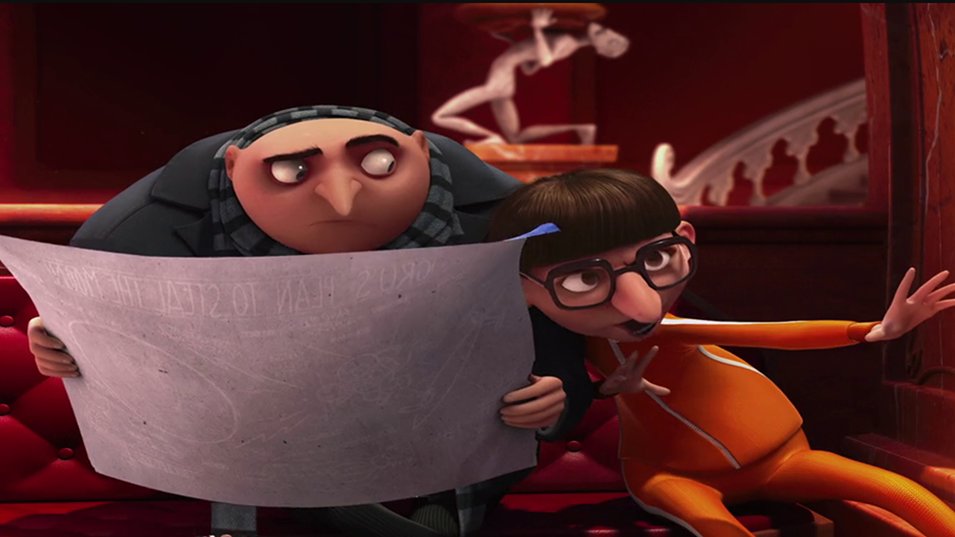
18
New cards
The product of force and distance is:
Work
(Force x Distance = Work)
(Force x Distance = Work)
19
New cards
Animals that feed exclusively on plants are called:
Primary consumers
20
New cards
Organisms which help one another survive by providing a mutual benefit to each other are known as:
Symbionts
21
New cards
The cell membrane is a structure composed primarily of:
Lipid
22
New cards
Which planet has the longest revolutionary period around the sun?
Neptune
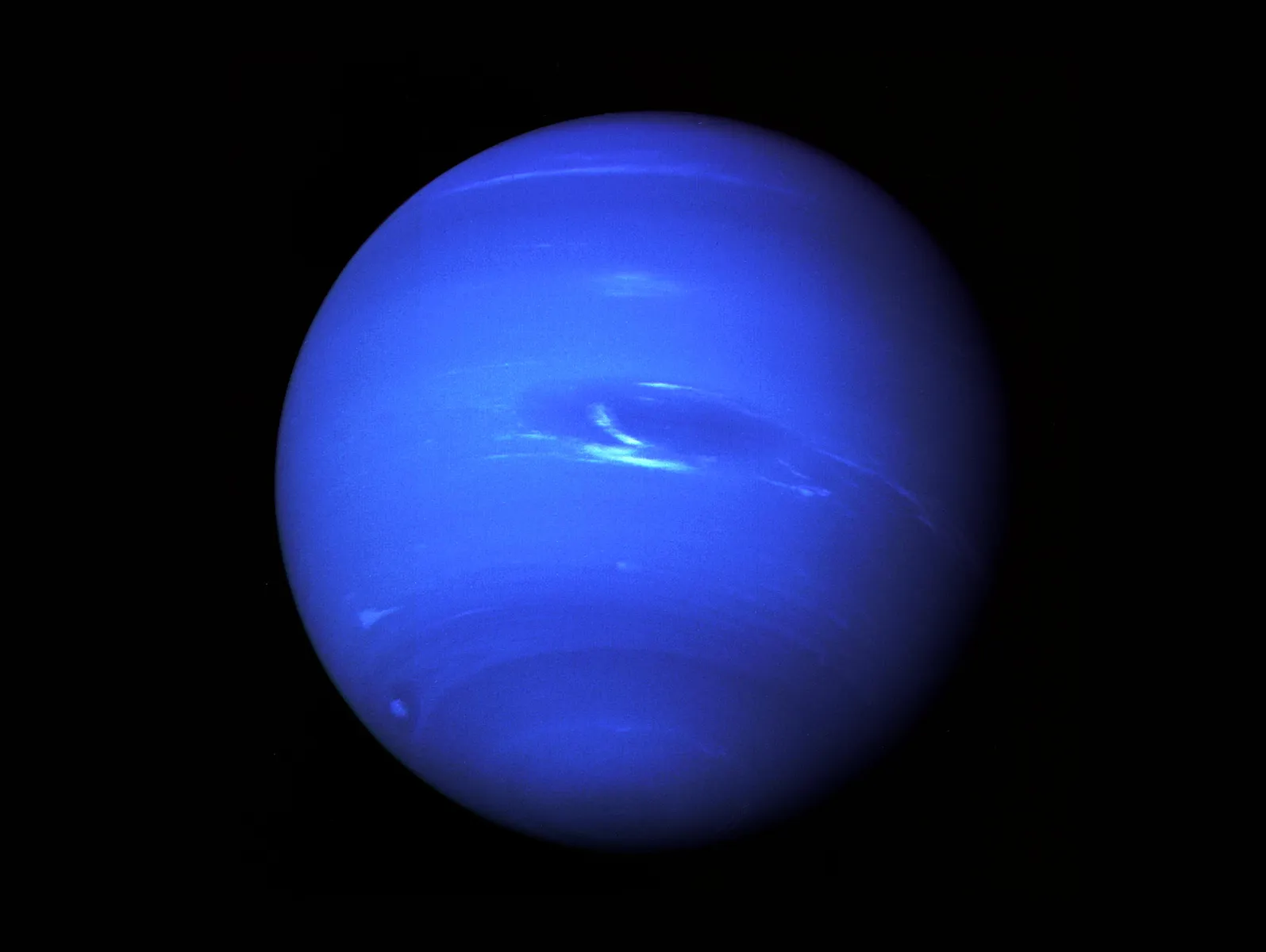
23
New cards
Which is a positively charged subatomic particle?
Proton
24
New cards
Watts are a unit of measurement for:
Power
25
New cards
Ascorbic acid is also known as:
Vitamin C
26
New cards
Which is equal to the atomic number of a chemical element?
Number of protons
27
New cards
How many grams are in one Kilogram?
1,000
28
New cards
What is NOT a decomposer
Vultures
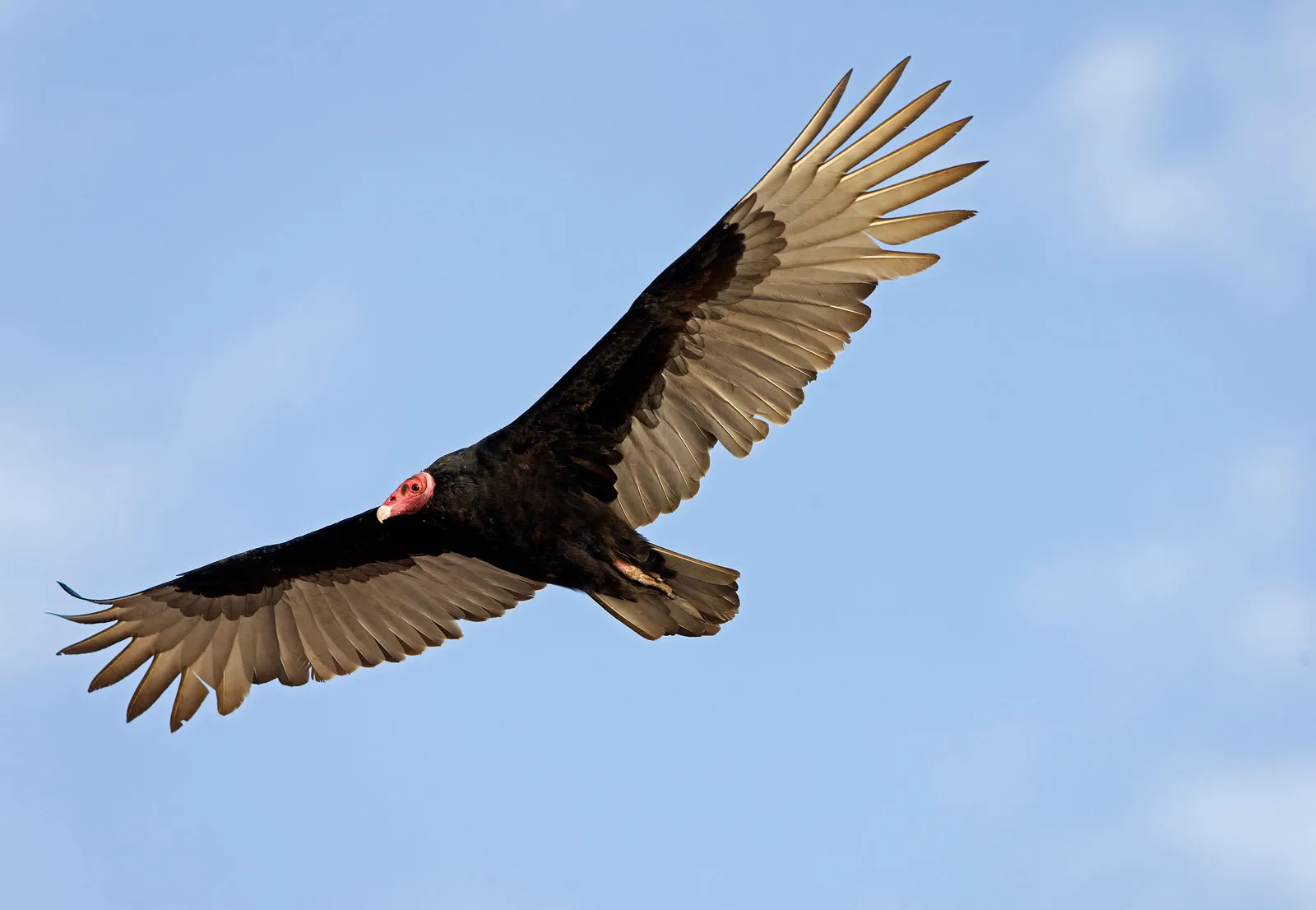
29
New cards
Bile is produced by the:
Liver
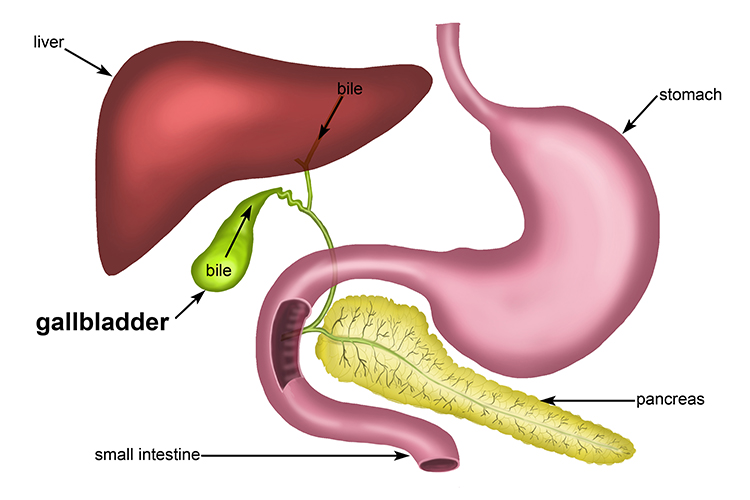
30
New cards
What kind of rock is formed when existing rock types are changed by heat and pressure?
Metamorphic
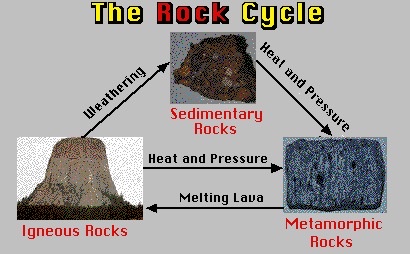
31
New cards
These subatomic particles have a positive electric charge.
Protons
32
New cards
What layer of the atmosphere is closest to the Earth?
Troposphere

33
New cards
The law of conservation of energy can be related as which of the following?
Energy cannot be created or destroyed, only changed
34
New cards
Sound waves will travel the fastest in a medium that is:
The most dense
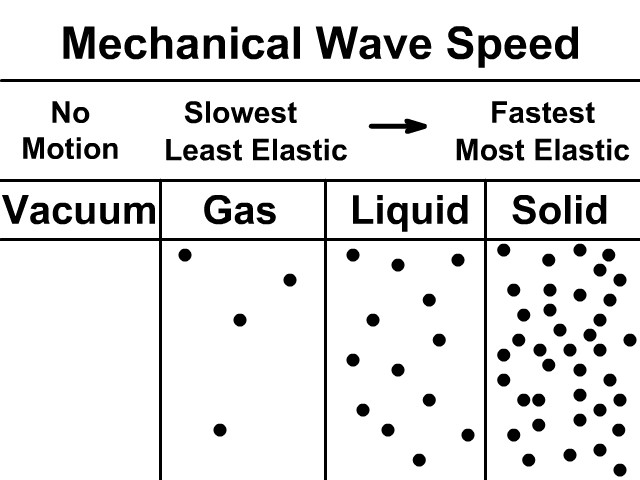
35
New cards
Blood that flows back from the body will enter the heart through the:
Right Atrium
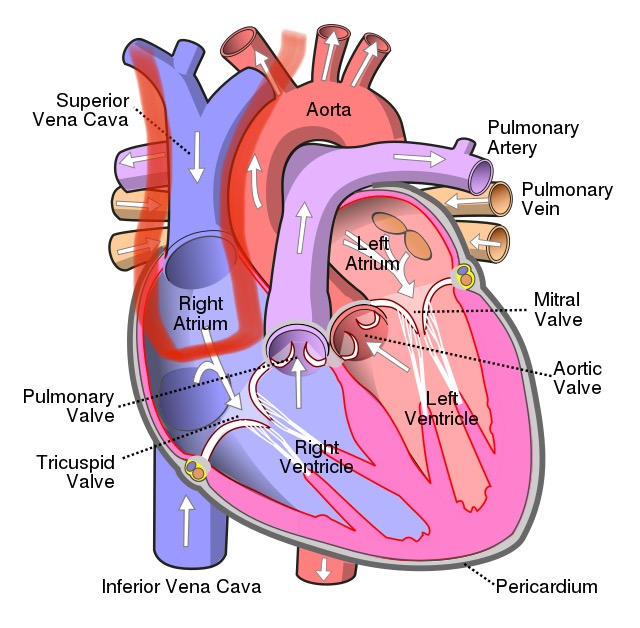
36
New cards
What is the second most abundant gas in the atmosphere?
Oxygen
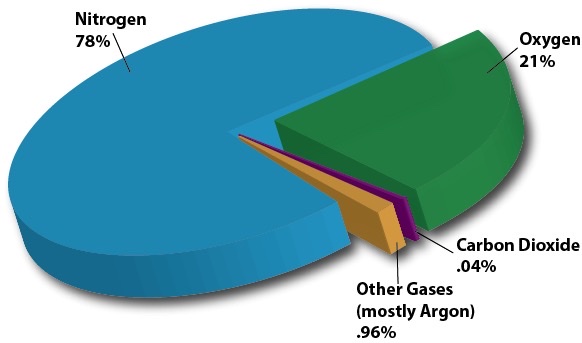
37
New cards
Plants are autotrophs, meaning that they:
Are able to produce their own food
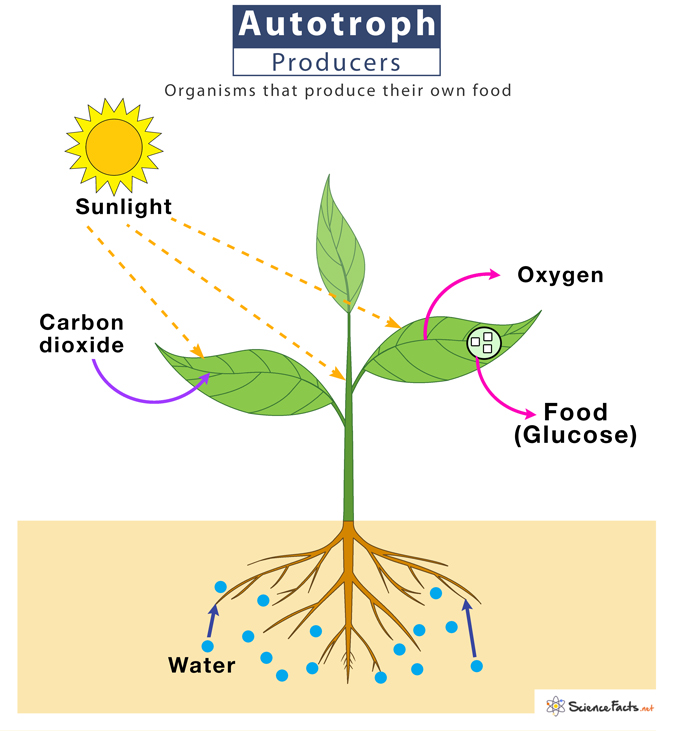
38
New cards
The tilt of the Earths rotational axis toward or away from the sun causes:
Seasons
39
New cards
the Big Bang theory is a model used to explain the:
Origin of the universe
40
New cards
A sudden intense brightening from a small area of the Sun's surface is called a:
Solar flare
41
New cards
Two objects on Earth are dropped from the top of a building that is 70 meters high.
Object A has a mass of 12 g
and Object B has a mass of 6 kg.
Assuming there is no air resistance, which object will hit the ground first?
Object A has a mass of 12 g
and Object B has a mass of 6 kg.
Assuming there is no air resistance, which object will hit the ground first?
Both objects will hit the ground at the same time.
(Without air resistance, the only force acting on the two objects is the Earth's gravitational field. The acceleration of both object A and B is independent of mass, and every second, both velocities will increase by 9.8 m/s² . Given that both objects are dropped from the same height, and they both travel at the same rate, they will both hit the ground at the same time.)
(Without air resistance, the only force acting on the two objects is the Earth's gravitational field. The acceleration of both object A and B is independent of mass, and every second, both velocities will increase by 9.8 m/s² . Given that both objects are dropped from the same height, and they both travel at the same rate, they will both hit the ground at the same time.)
42
New cards
What is NOT a blood type?
a. A
b. B
c. X
d. O
e. AB
a. A
b. B
c. X
d. O
e. AB
X
(Four blood types are A, B, AB, and O.)
(Four blood types are A, B, AB, and O.)
43
New cards
What's the universal recipient blood type?
Type AB
44
New cards
What's the universal donor blood type?
Type O
45
New cards
Which of the following is a characteristic of the autonomic nervous system?
It regulates involuntary activity in the heart, stomach, lungs, and intestines.
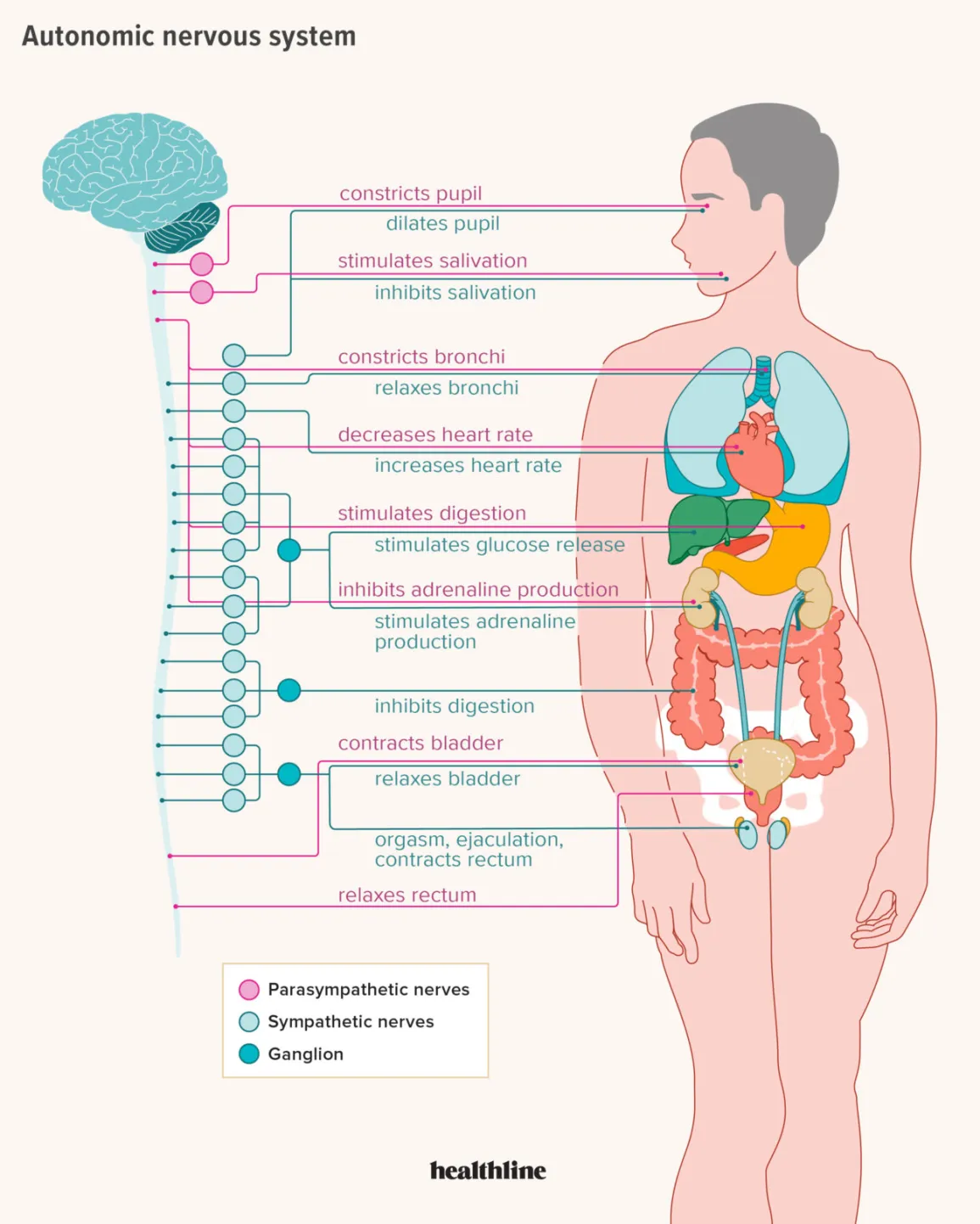
46
New cards
Which of Newton's laws states that:
An object at rest will stay at rest unless an external force acts upon it.
An object in motion won't change its velocity unless an external force acts upon it.
An object at rest will stay at rest unless an external force acts upon it.
An object in motion won't change its velocity unless an external force acts upon it.
Newton's First Law of Motion
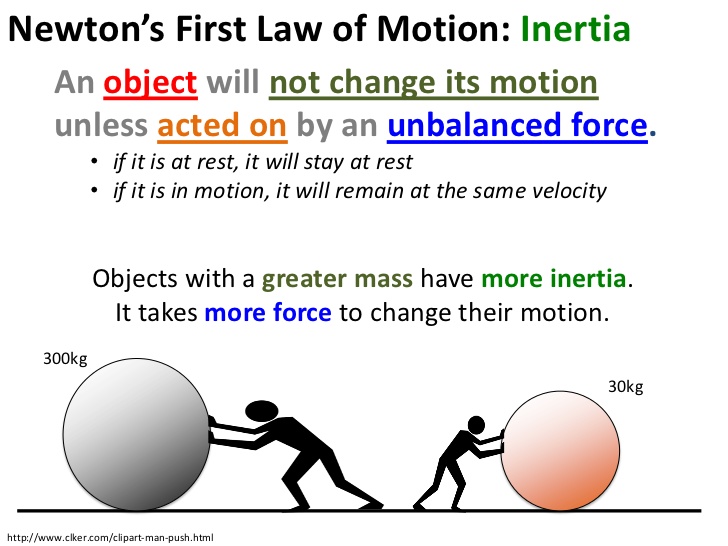
47
New cards
What is Newton's Second Law?
Force = Mass x acceleration
(The more mass an object has, them more force needed to move the object.)
Example: Pushing a car in park.
(The more mass an object has, them more force needed to move the object.)
Example: Pushing a car in park.

48
New cards
What is Newton's Third Law?
When two objects interact, they both apply the same amount of force.
Example: The action force is applied on the boat, and the reaction force pushes you to land. Parallelly, the action force pushes the boat backward.
Example: The action force is applied on the boat, and the reaction force pushes you to land. Parallelly, the action force pushes the boat backward.
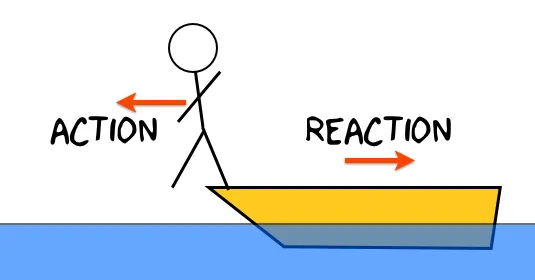
49
New cards
What is Newton's First Law?
An object at rest remains at rest, and an object in motion remains in motion at constant speed and in a straight line unless acted on by an unbalanced force.
Example: A car parked at rest on a hill.
Example: A car parked at rest on a hill.
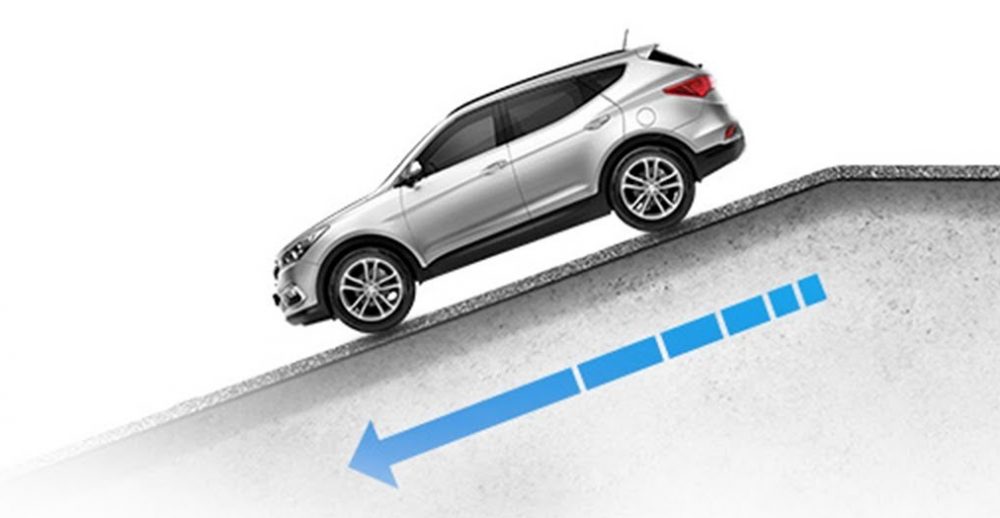
50
New cards
The International System (SI) unit of force is what?
Newton
51
New cards
Mitosis is the process by which:
Somatic cells replicate
52
New cards
A Celsius temperature of 100 degrees is equivalent to a Fahrenheit temperature of:
212 degrees
(Celsius temperature of 100 degrees = 212 degree Fahrenheit)
(Celsius temperature of 100 degrees = 212 degree Fahrenheit)
53
New cards
A pot Sitting on a hot burner is an example of:
Conduction
(Conduction is where heat is directly transmitted from a hot object to a cooler object)
(Conduction is where heat is directly transmitted from a hot object to a cooler object)
54
New cards
In a field of genetics, an organism's appearance is referred to as it's:
Phenotype
55
New cards
A solution contains 0.1 molar hydrogen ions (H +). This means the solution is likely:
Around pH 1.0
56
New cards
Which of the following is NOT one of the 6 basic animal groups?
Humans
(The six basic animal groups are birds, mammals, invertebrates, fishes, reptiles, and amphibians.)
(The six basic animal groups are birds, mammals, invertebrates, fishes, reptiles, and amphibians.)
57
New cards
A nerve impulse is transmitted through your nervous system primarily by:
An electric potential
( Nerve impulses are transmitted in the nervous system primarily through the means of electric potentials, which are generated by a change in the balance of sodium, potassium, and calcium ions in the nerve cell.)
( Nerve impulses are transmitted in the nervous system primarily through the means of electric potentials, which are generated by a change in the balance of sodium, potassium, and calcium ions in the nerve cell.)
58
New cards
Which type of rock would likely be found at the bottom of a river bed?
Sedimentary
(Sedimentary rock is formed from "sediment", which is a mixture of sand, shells, and other small pieces of material commonly located at the bottom of a river or lake.)
(Sedimentary rock is formed from "sediment", which is a mixture of sand, shells, and other small pieces of material commonly located at the bottom of a river or lake.)
59
New cards
Which of the following planets have a perfectly circular orbit?
None
(None of the planets have perfectly circular orbits)
(None of the planets have perfectly circular orbits)
60
New cards
The earths surface is covered by approximately what percent water?
70%
(The earths surface is primarily covered by water, with 71% of the earths surface being oceans, lakes, or rivers.)
(The earths surface is primarily covered by water, with 71% of the earths surface being oceans, lakes, or rivers.)
61
New cards
Approximately how many bones exist in the human body?
200
(There are 206 human bones in the body. We actually are born with more bones, about 260-270. However, Manny of these smaller bones fuse into one another by age 1, resulting in 206 "official" bones.)
(There are 206 human bones in the body. We actually are born with more bones, about 260-270. However, Manny of these smaller bones fuse into one another by age 1, resulting in 206 "official" bones.)
62
New cards
All magnets have two poles which can be used to predict the direction of their magnetic waves. These two poles are the:
South and North.
(Magnets have a North Pole and a South Pole.)
(Magnets have a North Pole and a South Pole.)
63
New cards
Carbon dioxide can be consumed and converted into glucose by what type of organism?
Plants
(Plants are capable of photosynthesis, and they use light energy from the sun to consume carbon dioxide and water to form glucose.)
(Plants are capable of photosynthesis, and they use light energy from the sun to consume carbon dioxide and water to form glucose.)
64
New cards
Which time periods is the longest?
Eon
(In the geologic time scale, an eon encompasses 500 million years, whereas an era encompasses 100-150 million years. Periods and ages are much shorter, in the range of 1-10 million years.)
(In the geologic time scale, an eon encompasses 500 million years, whereas an era encompasses 100-150 million years. Periods and ages are much shorter, in the range of 1-10 million years.)
65
New cards
A train travels at 25 mph for 3 hours. How far did the train move?
75 miles
(If a train is moving at 25 mph, then each hour it will travel 25 miles. If it travels for 3 hours, then it must have gone 25 x 3 = 75 miles.)
(If a train is moving at 25 mph, then each hour it will travel 25 miles. If it travels for 3 hours, then it must have gone 25 x 3 = 75 miles.)
66
New cards
What planet is closest to the sun?
Mercury
(Order of planets= Mercury, Venus, Earth, Mars, Jupiter, Saturn, Uranus, Neptune.)
Trick to remember the planets in order:
My : Mercury
Very : Venus
Easy : Earth
Method : Mars
Just : Jupiter
Speeds : Saturn
Up : Uranus
Nothing : Neptune
(Order of planets= Mercury, Venus, Earth, Mars, Jupiter, Saturn, Uranus, Neptune.)
Trick to remember the planets in order:
My : Mercury
Very : Venus
Easy : Earth
Method : Mars
Just : Jupiter
Speeds : Saturn
Up : Uranus
Nothing : Neptune
67
New cards
Most scientist agree the Earth is approximately how old?
4.6 billion years old
(By studying rocks and fossils, scientist estimate the Earth is approximately 4.6 billions years old.)
(By studying rocks and fossils, scientist estimate the Earth is approximately 4.6 billions years old.)
68
New cards
An animal that eats both plants and meat is called:
An omnivore
(Herbivore only eats plants, Carnivore only eats meat, and piscivore primarily eats fish.)
(Herbivore only eats plants, Carnivore only eats meat, and piscivore primarily eats fish.)
69
New cards
What number is referred to as "absolute zero"?
0 Kelvin
70
New cards
What is the best conductor of heat?
Metal
71
New cards
What blood cells are responsible for delivering oxygen to the body?
Red blood cells
72
New cards
What is NOT a unit of length?
Cubic centimeter
73
New cards
What is the pH of water?
7
(The pH scale ranges from 0-14, with substances less than 7 classified as acidic and substances greater than 7 classified as basic or alkaline. Water is considered natural and therefore has a pH of 7.
(The pH scale ranges from 0-14, with substances less than 7 classified as acidic and substances greater than 7 classified as basic or alkaline. Water is considered natural and therefore has a pH of 7.
74
New cards
The energy posses by a moving object is called ______ energy.
Kinetic
75
New cards
The flat, colored, ring-shaped membrane of the eye is called:
iris
76
New cards
When a human cell divides in mitosis, the two daughter cells will each have:
46 chromosomes
(The human genome has 23 pairs of chromosomes, meaning that each cell has a total of 46 chromosomes. In mitosis, each daughter cell has full copy of the parents DNA, and will also have 46 chromosomes.)
(The human genome has 23 pairs of chromosomes, meaning that each cell has a total of 46 chromosomes. In mitosis, each daughter cell has full copy of the parents DNA, and will also have 46 chromosomes.)
77
New cards
Water has a heat capacity of 4.2 J/gC. This means that to heat up 100 mL of water 1 degree Celsius, we need:
420 Joules
(Remember water has a mass of 1g per cubic centimeter (mL) and thus we have 100 grams of water.)
(100g x 1C x 4.2J/g x C = 420 Joules required)
(Remember water has a mass of 1g per cubic centimeter (mL) and thus we have 100 grams of water.)
(100g x 1C x 4.2J/g x C = 420 Joules required)
78
New cards
Carbon dioxide can be consumed and converted into glucose by what type of organism?
Plants
(Plants are capable of photosynthesis, and they use light energy from the sun to consume carbon dioxide and water to form glucose.)
(Plants are capable of photosynthesis, and they use light energy from the sun to consume carbon dioxide and water to form glucose.)
79
New cards
The tilt of the Earth's rotational axis toward or away from the sun causes _______.
Seasons
(Because of Earth's axial tilt, different areas of Earth point toward or away from the Sun at different times of the year.)
(Because of Earth's axial tilt, different areas of Earth point toward or away from the Sun at different times of the year.)
80
New cards
If Jill needed to buy 9 bottles of soda fora party in which 12 people attended, how many bottles of soda will she need to buy for a party in which 8 people are attending?
6
We can set up a proportion to solve:
9 bottles xbottles
---------------- = ---------------
12 people 8people
Cross multiply to solve a proportion:
(9)(8)=(12)(x)
72= 12x
6=x
We can set up a proportion to solve:
9 bottles xbottles
---------------- = ---------------
12 people 8people
Cross multiply to solve a proportion:
(9)(8)=(12)(x)
72= 12x
6=x
81
New cards
Terri has a jar of orange, blue, green, and red chocolate candies. In the jar are 75 orange candies, 62 blue candies, and 52 green candies. If there is a total of 252 candies in the jar, what is the probability that Terri will pick a red candy?
1/4
To solve this problem, first find the number of red candies in the jar by adding the numbers of all the other candies together, then subtracting from the total.
75 orange + 62 blue + 52 green = 189 candies.
252 - 189 = 63 red candies.
Probability is the chance that a certain event will happen. Since there are 63 red candies out of a Toal of 252 candies, divide 63 by 252. Reduce the fraction by diving the numerator and denominator by 63.
63/252 = 1/4.
To solve this problem, first find the number of red candies in the jar by adding the numbers of all the other candies together, then subtracting from the total.
75 orange + 62 blue + 52 green = 189 candies.
252 - 189 = 63 red candies.
Probability is the chance that a certain event will happen. Since there are 63 red candies out of a Toal of 252 candies, divide 63 by 252. Reduce the fraction by diving the numerator and denominator by 63.
63/252 = 1/4.
82
New cards
Which of these statements is false about the periodic table?
(a) The rows of elements are called periods.
(b) The far left column contains a group called the noble gases.
(c) The columns of elements are called a group.
(d) Elements are arranged in order of increasing atomic number.
(a) The rows of elements are called periods.
(b) The far left column contains a group called the noble gases.
(c) The columns of elements are called a group.
(d) Elements are arranged in order of increasing atomic number.
(b) The far left column contains a group called the noble gases.